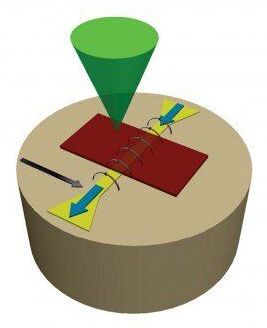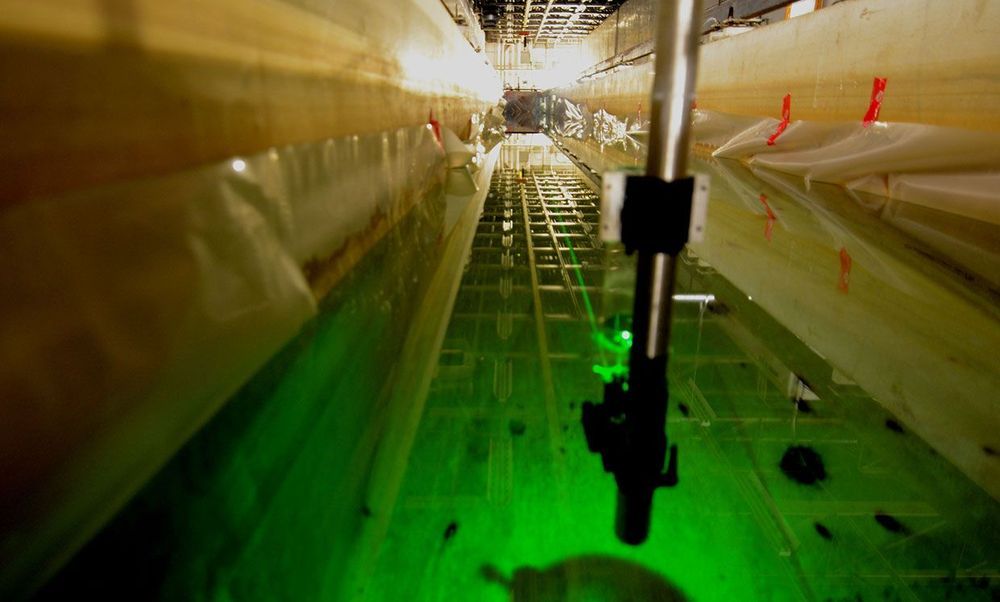The fundamental laws of physics are based on symmetries that determine the interactions between charged particles, among other things. Using ultracold atoms, researchers at Heidelberg University have experimentally constructed the symmetries of quantum electrodynamics. They hope to gain new insights for implementing future quantum technologies that can simulate complex physical phenomena. The results of the study were published in the journal Science.
The theory of quantum electrodynamics deals with the electromagnetic interaction between electrons and light particles. It is based on so-called U symmetry, which, for instance, specifies the movement of particles. With their experiments, the Heidelberg physicists, under the direction of Junior Professor Dr. Fred Jendrzejewski, seek to advance the efficient investigation of this complex physical theory. They recently experimentally realized one elementary building block. “We see the results of our research as a major step toward a platform built from a chain of properly connected building blocks for a large-scale implementation of quantum electrodynamics in ultracold atoms,” explains Prof. Jendrzejewski, who directs an Emmy Noether group at Heidelberg University’s Kirchhoff Institute for Physics.
According to the researchers, one possible application would be developing large-scale quantum devices to simulate complex physical phenomena that cannot be studied with particle accelerators. The elementary building block developed for this study could also benefit the investigation of problems in materials research, such as in strongly interacting systems that are difficult to calculate.








